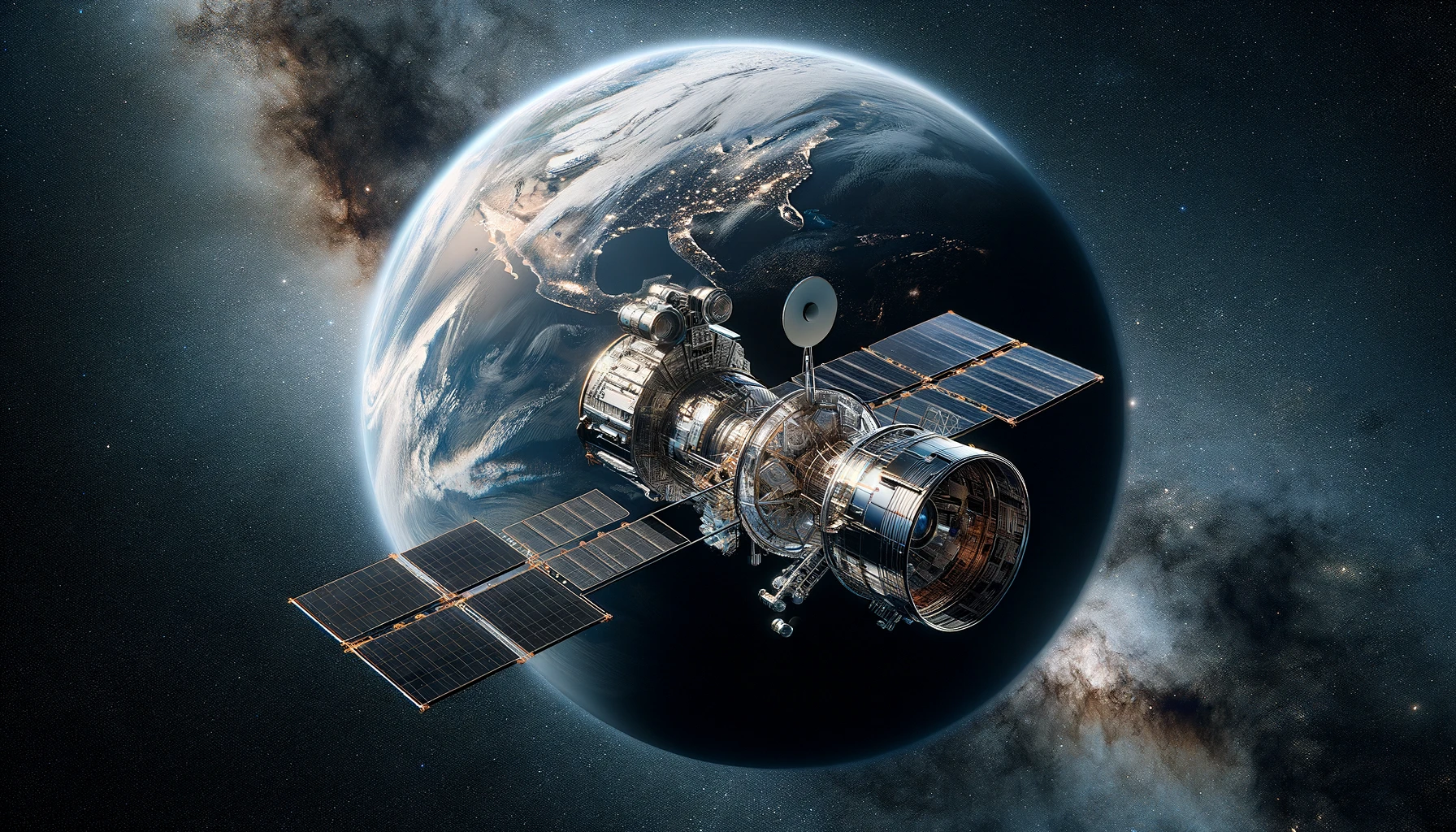NASA is gearing up for its next series of moonwalk simulations, utilizing underwater environments to mimic the lunar surface‘s unique challenges. These simulations are essential for refining astronaut protocols and equipment, ensuring their readiness for future missions. The underwater settings provide an effective way to replicate the reduced gravity astronauts will experience on the Moon, allowing teams to adjust and optimize their techniques and tools accordingly.
A similar focus on preparation and testing has been seen in NASA’s previous endeavors. For instance, prior to the Apollo missions, extensive simulations were conducted to train astronauts and ensure mission success. Over the years, advancements in simulation technologies have enhanced the accuracy and efficiency of these preparatory exercises. The commitment to thorough testing reflects NASA’s dedication to mission safety and success, principles that have driven their operations for decades.
The use of underwater environments is not new to NASA. The Neutral Buoyancy Laboratory (NBL) has been a critical asset in simulating microgravity conditions for spacewalk training. By continuously improving these simulations, NASA aims to address potential challenges that astronauts might face, making missions more predictable and manageable. This approach underscores the importance of rigorous preparation and the application of lessons learned from past missions to future explorations.
Simulation Details
The upcoming moonwalk simulations will take place in specialized underwater facilities designed to replicate the Moon’s surface. These simulations involve a series of tasks that astronauts will perform during actual lunar missions, such as sample collection and equipment setup. The underwater environment helps in understanding the nuances of working in reduced gravity, providing invaluable data for mission planning and execution.
Training and Preparation
Astronauts undergo extensive training to adapt to the underwater conditions, which closely mimic the lunar experience. This training includes mastering movement in reduced gravity, using specialized tools, and developing effective communication strategies for mission success. The feedback from these simulations is crucial for refining protocols and enhancing astronaut readiness.
Technological Innovations
NASA continues to integrate cutting-edge technologies into its simulation programs. These innovations include advanced robotics, virtual reality systems, and enhanced communication tools, all designed to provide a more realistic and comprehensive training experience. By leveraging these technologies, NASA aims to reduce risks and increase the efficiency of future lunar missions.
Key Insights
– Utilizing underwater environments effectively replicates lunar surface challenges.
– Continuous improvement of simulation technologies enhances mission preparedness.
– Lessons from past missions are integral to refining current protocols.
The commitment to rigorous preparation through advanced simulations illustrates NASA’s dedication to ensuring the success of future lunar missions. These efforts highlight the agency’s proactive approach to addressing potential challenges and optimizing mission outcomes. By continuously evolving their training and simulation programs, NASA not only prepares astronauts for the immediate tasks at hand but also paves the way for sustained human presence and exploration on the Moon. The integration of new technologies and the application of lessons learned from past missions are essential components of this strategy, reinforcing the importance of meticulous planning and execution in space exploration endeavors.










